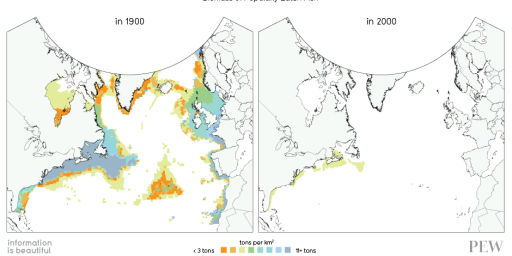Cloned Wild-Kittens
BBC:
A conservation institute in the United States has produced wildcat kittens by cross-breeding cloned adults.
The Audubon Center for Research of Endangered Species says this is the first time that clones of a wild species have bred.
Eight kittens have been born in two litters over the last month, and all are apparently doing well.
The researchers say this development holds enormous potential for preserving a range of endangered species.





How can you cross-breed with clones? Also, there is not enough genetic diversity there to preserve a species. We line-breed our cattle and even that is dangerous if you don’t really know what you are doing. Breeding clones would be like line-breeding to the nth degree.
I’ts obvious that they’ve used the word ‘”cross-breed” incorrectly — a problem common in reporting of this kind.
However, a breeding from a clone is no different than breeding from it’s “parent” animal in this respect.
The genetics will be virtually identical, whether that animal was extremely homozygous or otherwise. (There is no such thing as “genetic diversity” in an individual, only in a population).
Where cloning could come into use to help expand gene pools in endangered species is in the utilization of older, infertile animals who left few descendants or from a rare family. The clone could then be bred from, re-introducing old alleles that have since disappeared from the existing population through selection or misfortune.
In theory, at least.